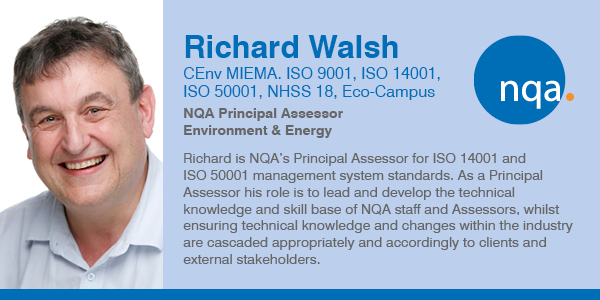Sustainable Procurement - The Key to Lowering Carbon Footprint
Supply chain emissions often dwarf the amount of greenhouse gas emissions (GHG) coming from a company’s direct operations and many organisations have not yet begun to address it.
As a reminder, these are the levels of carbon emissions to be taken into account:
-
Scope 1 are emissions that an organisation makes directly - for example while running its boilers and vehicles.
-
Scope 2 are the emissions that an organisation makes indirectly - for example the electricity or energy supplied for heating and cooling buildings. Emission are being produced on its behalf.
-
Scope 3 Now here’s where it gets tricky. In this category are all the emissions associated, not with the company itself, but that the organisation is indirectly responsible for, up and down its value chain. For example, from buying products from its suppliers, and from its products when customers use them. Emissions-wise, Scope 3 is almost always the big one.
It can be relatively straightforward to control Scope 1 and 2 emissions; using less energy or increasing the amount of sustainable energy sources are just a couple of examples. Organisations have much less control on how Scope 3 emissions are addressed.
Organisations can offer to collaborate on solutions to reduce emissions with current suppliers, or consider changes to their supply chain. However, in most areas, suppliers will have considerable influence on how emissions are reduced through their own purchasing decisions, and product design.
Measuring emissions
Measurement of Scope 3 emissions can be tricky and does present a sizeable challenge. One way is to model it using estimates and calculations from economic input-output lifecycle assessments and average emissions by sector. Another key method is to calculate it with real data from suppliers or providers; or as often happens, the two approaches are combined.
One of the main issues is that these emissions are further down in the supply chain where organisations may not have direct contact with the supplier. This can make it hard to measure and attribute the emissions, but also, it’s hard to engage those suppliers as there may not be any direct contact.
One of the key-ways of tackling these possible obstacles is to collaborate with other large buyers and look for credible standards and labels for programs where sectors have come together to promote sustainability in their products and services. This will cascade down the chain by sending a market signal. If a supplier is hearing the same message from hundreds of customers, they are going to take it more seriously. It’s also important to back up the request with purchasing decisions and clearly stated preferences so it goes beyond an information request.
Demonstrating carbon reductions
A growing number of businesses are seeing market opportunities for organisations who are able to demonstrate, through third party verification, the real improvements that are being made in carbon management and reductions in their emissions. A number of organisations are starting to see requirements placed upon them by their customers and clients , who have sustainable procurement policies and are looking for suppliers who are reporting and making firm commitments to set and achieve carbon reductions.
As an example, the UK Government in June 2021 published Procurement Policy Note 06/21: Taking Account of Carbon Reduction Plans in the Procurement of Major Government Contracts. It applies to all Central Government Departments, their Executive Agencies and Non Departmental Public Bodies PPN when procuring goods and/or services and/or works with an anticipated contract value above £5 million per annum.
Other organisations are using the existing carbon standards (PAS 2060, ISO 14064-1 as examples) to demonstrate to their clients that the actions they are taking are real and based on science based targets and not just ‘greenwash’.
These standards look at carbon emissions across an organisation’s value chain and will allow them to demonstrate to customer purchasing departments that they are playing their part in reducing Scope emissions. It is fully anticipated that supply chain pressures and indeed opportunities will drive forward the use of formal 3rd party verification of carbon reduction commitments, much in the same way as ISO 9001 management systems were cascaded through the supply chain in the 1980s and 90s.

